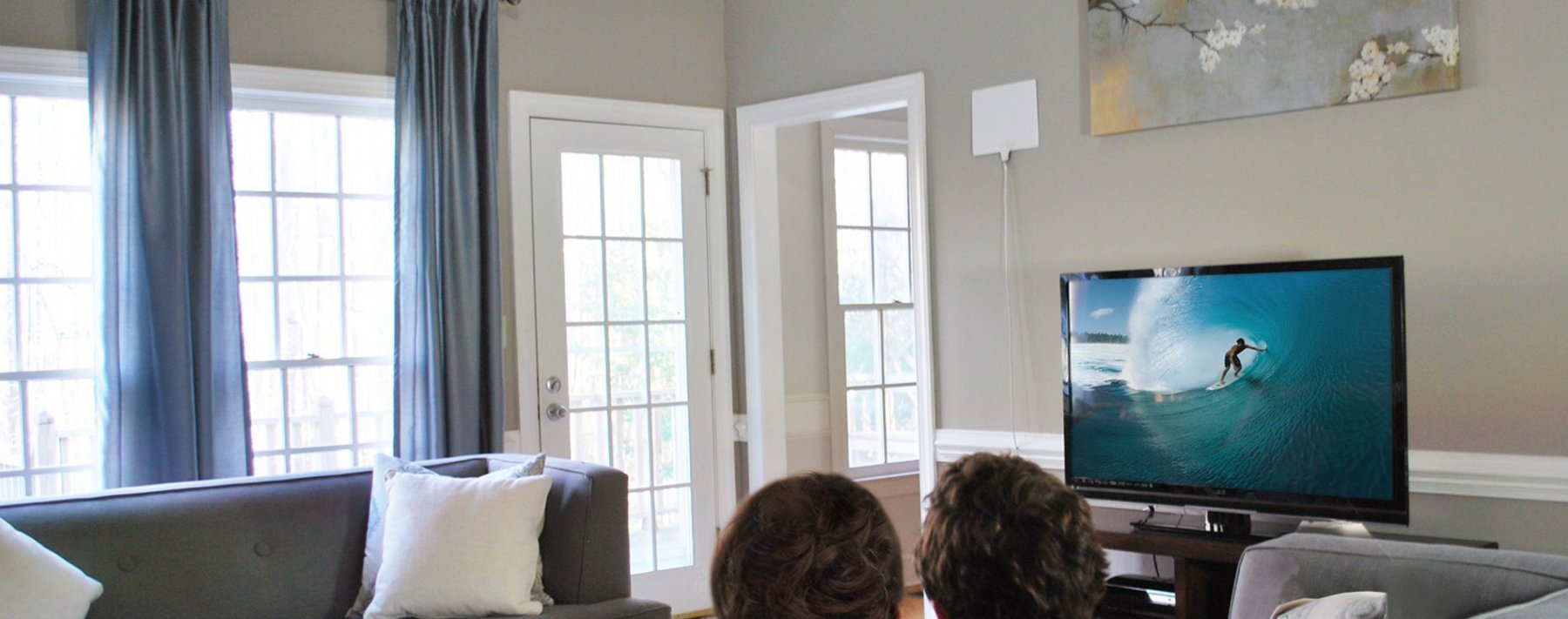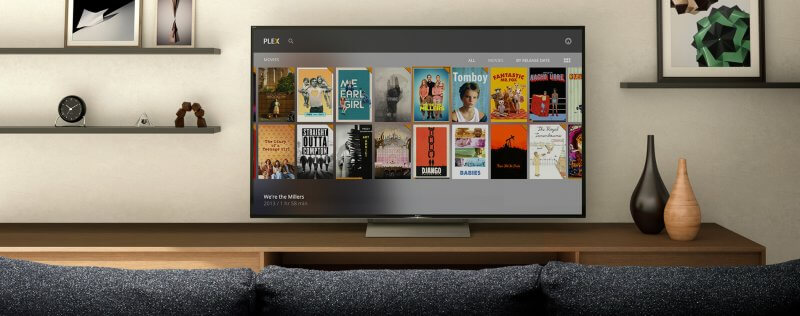Choose the right over the air antenna
The only thing standing between you and free TV is the process of choosing and purchasing an over the air antenna. Let’s run through that process.

How to choose the right over the air antenna and get free HDTV over the air
The tricky thing about over the air antennas is that there are different types built to help customers who live various distances from their local broadcasts. City slickers may find that indoor rabbit ears will suffice, while viewers out in the country will need some serious hardware to pick up their nearest channels.
Find your local broadcasts with an over the air antenna
With an antenna, of course, you’re getting local broadcasts instead of national ones. That means local affiliates of big-time channels like CBS and ABC. The key to getting the right antenna is to find out where the local broadcasters have set up shop, and how far that is from you.
Luckily, there are tons of sites that do this job for you. Plug in your address, and these sites will show you how far off your broadcasters are. we like the tool on AntennaWeb, and many other cord cutters swear by the in-depth report from TV Fool. Both are basically the same. You’ll need to enter your street address (don’t trust a site that asks you for anything more than that).
Determine what over the air antenna you’ll need
Once you’ve submitted your address, either of the online apps we recommended should come back to you with a list of channels in your area and what sort of antenna you’ll need to get them. They’ll use a color-coded system that the Consumer Electronics Association developed. It’s pretty intuitive. Here’s the explanation of the colors:
Yellow: Small multi-directional antenna (like rabbit ears)
Green: Medium multi-directional antenna
Light Green: Large multi-directional antenna, or small directional antenna
Red: Medium directional antenna
Blue: Medium directional antenna with amplifier
Violet: Large directional antenna with amplifier
This isn’t necessarily an exact science. Just look at the channels that you care most about, and weigh the price differences involved in picking up various channels. You can add amplifiers to antennas for a small boost in performance, and there are little differences in quality from manufacturer to manufacturer (we’ll recommend some good brands a little later on, so don’t worry about that).
Let’s break down the terms from that color-coded list.
Directional vs. multi-directional (omnidirectional) over the air antenna
These antenna types are pretty much exactly what they sound like. Omnidirectional antennas can pick up signals from all around them, while directional antennas aim themselves at one source. Omnidirectional antennas have to be a bit larger to get the job done. Look at your AntennaWeb or TV Fool report – do you have signals coming from all over? Or do all of them originate from the same general direction?
What size of over the air antenna?
Here’s the rule of thumb for antenna size, based on how far away the stations you’re trying to pick up are:
10 to 15 miles away: small omnidirectional indoor antenna
10 to 30 miles away: medium omnidirectional antenna (though you could try an amplified indoor antenna)
30 to 45 miles away: medium directional antenna
More than 45 miles away: large directional antenna
There’s some overlap, of course. This is roughly the same scale that the AntennaWeb and TV Fool reports are using to recommend antennas. For quick and easy shopping in person, try looking for the Consumer Electronics Association’s color-coded indicator (explained above) on the side of the antenna box. The sites we used to find out local channels will do the color coding for you, so finding the right antenna should be pretty easy.
Of course, you can also just look at a product’s box and see what the manufacturer claims the range is. With that said, though, keep other factors in mind. The manufacturer can claim the range is 50 miles if they want to, but if it’s an indoor antenna and you’re trying to hook up a first-floor television in an area where reception is blocked by trees or hills, you may not have much luck.
Do you need an amplifier for your over the air antenna?
Amplifiers boost your signal and can help you get away with using a smaller antenna than you otherwise might have to. If you’re dealing with a smaller antenna, start without the amplifier – you can always buy one later if you discover you need it. For many larger ones, the amplifier comes built in or included. Check the product description to be sure.
Check the brand name
There are differences in antenna quality from brand to brand, so try to pick up an antenna from a trusted source. Mohu, Winegard, Channel Master, and Antennas Direct products are great. Check customer reviews, online forums, and online reviews for the best options.
How to install your over the air antenna
No, we’re not talking about nuts and bolts here (your antenna will come with installation instructions), we’re talking about general tips and considerations for setting up your antenna.
Don’t forget to scan for channels!
This is the simplest and most common mistake that people make. When you plug in your antenna, your TV won’t immediately find all the channels. You’ll have to do this manually. Every TV is different, but look for a “scan” button or an option like that on your TV’s menu. Once you scan once, your TV will remember the channels until you scan again (which you’ll need to do if you move, or if you get a better antenna and want to pick up weaker signals that you missed in the first scan).




